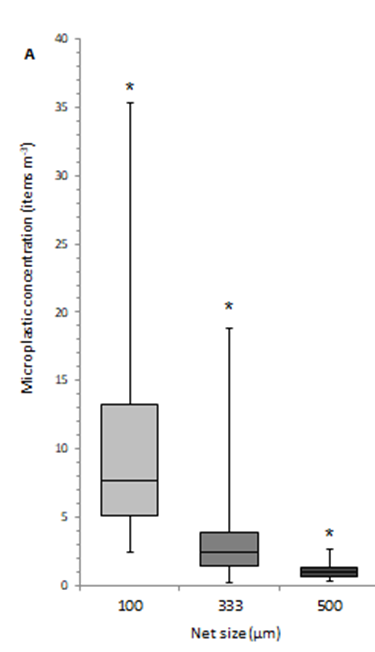Microplastics Research

Plastic is a widespread and pervasive marine contaminant, with plastic particles <5 mm in size (termed microplastics) being particularly prevalent. Microplastics are diverse in shape, size, colour, and polymer type; they can include fibres shed from ropes and textiles, fragments broken down from larger items, beads and films. PML has been at the forefront of international microplastic research since 2010, working to understand the abundance and distribution of plastic in our oceans and the impact of microplastics on the health of marine organisms and ecosystems.
PML hosts an interdisciplinary research team with expertise in marine plastics, and our state-of-the-art laboratories include a dedicated ultraclean facility with Fourier Transform Infrared Spectrometer (FT-IR) to conduct world-class microplastics research. Data collected through the WCO has revealed microplastic concentrations within Plymouth Sound and the western English Channel and highlighted the extent to which marine animals are exposed to microplastic within this biome. Plankton sampled from L4 have enabled us to conduct laboratory exposures to understand the capacity for marine animals to consume and egest microplastics and study their toxicological effects. The WCO has also been a testbed for understanding how biota and microplastics interact, exploring whether microplastics can affect the biological pump1,2 and exploring whether sediment dwelling animals contribute to the fate and burial of microplastics.

Waterborne concentration of microplastics (items m-3) in the western English Channel, as sampled using 100, 333 or 500 μm nets. Box and whisker plots showing median concentrations across sites; *denotes significant difference (ANOVA, p = < 0.05).
 Western Channel Observatory
Western Channel Observatory